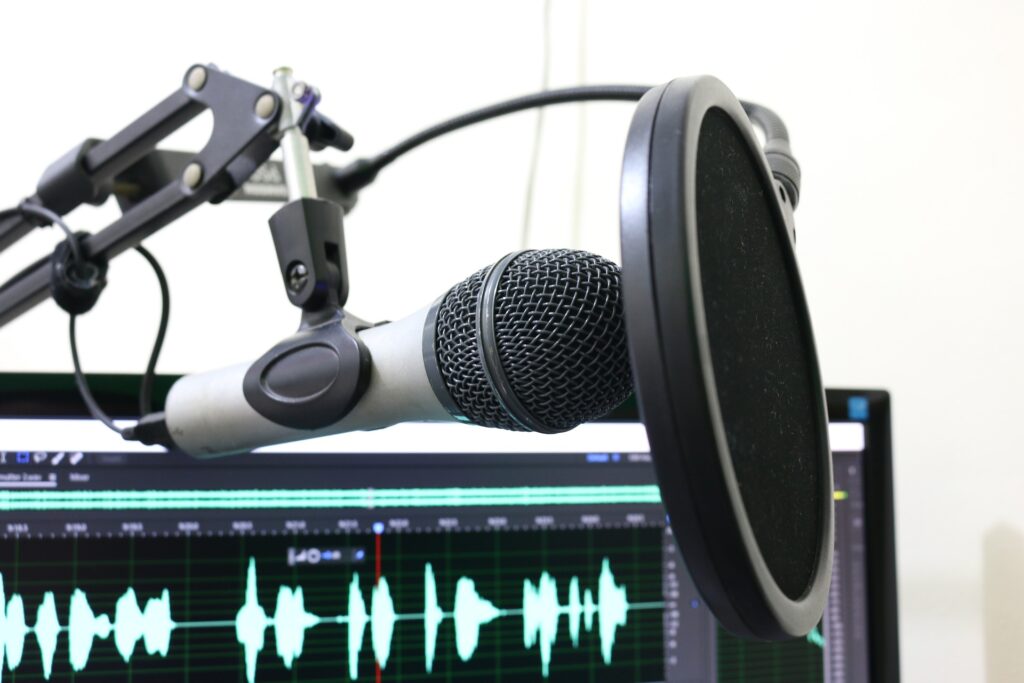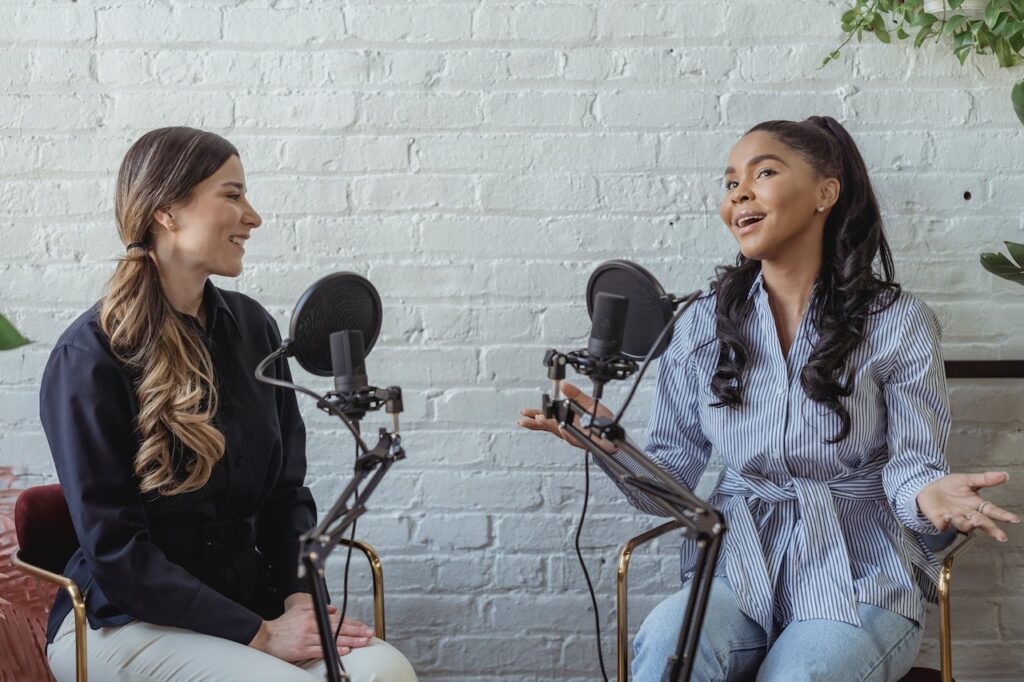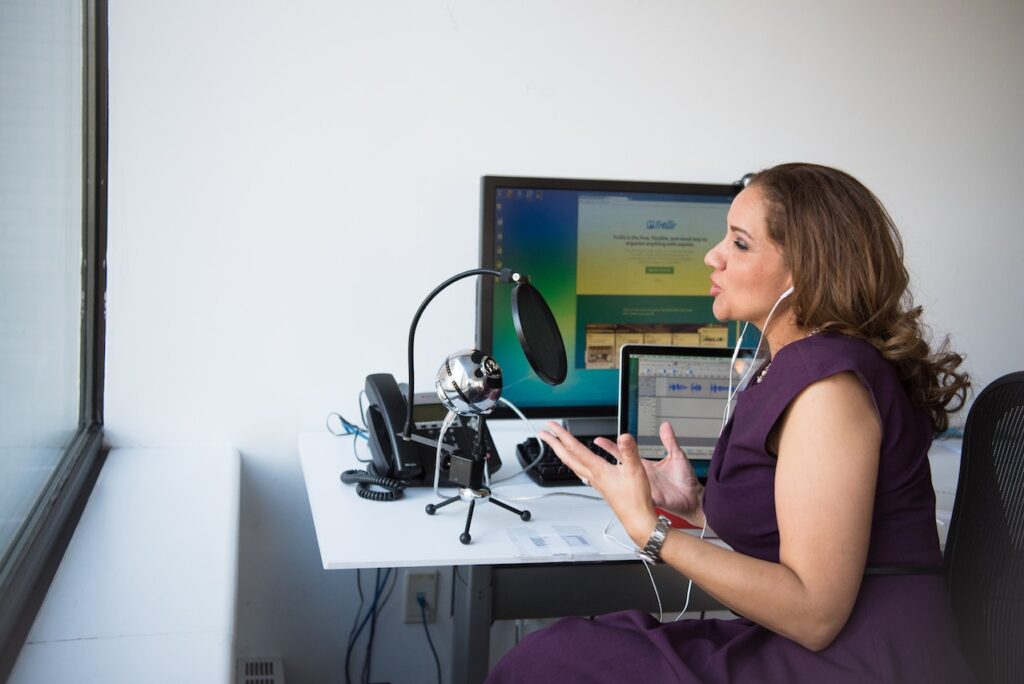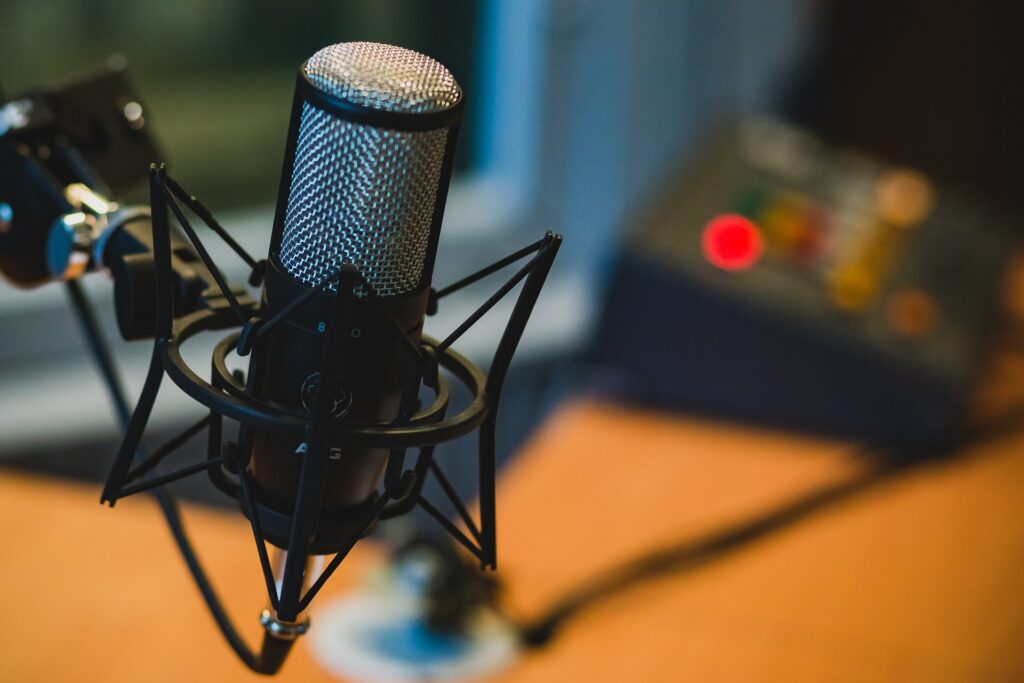Table of Contents
We all know that Indians are natural storytellers. We have passed down knowledge through the ages via stories. Podcasts have now become a popular way to consume entertainment, journalism, education, and other content in recent years.
Among the various types of media available today, podcasting has proven to be one of the best online media that the generation requires. With so many podcasters today, the future of the podcasting industry in India appears bright.
But how did it rise in India? What was the reason behind such a sudden boom? That is what we are going to discuss in this article today. So let’s start without any further ado.
A podcast is any digital media file—or group of files—that is shared online and made available for listening on mobile devices and desktop computers. The concepts of podcasts and podcasting are not exactly new. They have been around for almost 20 years, but over the past six years, the content has changed significantly.

A number of factors have contributed to the growth of podcasts, including the abundance of shows, celebrity endorsements, investments from huge companies like Spotify, and the introduction of technologies that raise awareness, like smart speakers.
Podcasts have existed in India for about 15 years, with a relatively small number of listeners. There are now much more broadcasts available than there were previously. The number of Indians listening to podcasts has significantly increased in recent years, as per the Global Entertainment & Media Outlook 2019-2023 report by PwC.
This emerging industry is growing from just 2.54 crore listeners to a huge 17.61 crore in seven years.
After the United States and China, India is ranked third in the podcasting sector. Currently, it is estimated that 150 million Indians consume audio streaming, representing a significant growth opportunity for podcasts.
The majority of us may be unfamiliar with the term Podcast because we are more familiar with radio and audio streaming services. If you consider how this became popular, it’s also because the majority of us in India refer to it as audio shows rather than podcasts.
India has seen a steady rise in the consumption of podcast entertainment over the past few years. The uptick of DIY platforms has made it easier for independent content creators to flourish, increasing the number of new content that is available.

In the middle of the confined lifestyles during the pandemic, the podcast offered a screen-free option for receiving stories and media, as well as participating in interviews and discussions. In 2020, many of these websites saw a rise in podcast content, particularly locally produced podcasts. The biggest music and podcast streaming service in the world, Spotify, launched about 30 locally produced original podcasts in even less than a year, while JioSaavn, the popular Indian streaming service, saw a 200-fold increase in content in 2020 in comparison to 2019.
The strong desire for self-help and inspirational content among listeners may also be responsible for the rise during the pandemic. As a result of this motivational drive, podcast streaming on a variety of these platforms has increased. In a survey done in 2021 by Spotify and YouGov, 50% of Indians said they preferred to hear at least 1 episode of this kind of podcast every week. This demonstrates how popular podcasts are in India.
A country that allows you to broadcast your thoughts, messages, and conversations to the entire country on a variety of topics. This is where podcasts emerge as a greater platform, greeting multiple voices to convey messages that educate and update our society’s citizens while also promoting various brands.
The platform’s business model focuses on making it simpler to reach the general public. Unlike radio, which takes place in a studio, podcasts can be started at home, making them more cost effective. Although this business strategy may result in significant savings on studio rental costs, podcasts can still be expensive relative to the quality they provide. However, there are decent and reasonably priced pieces of equipment that can improve the quality of podcasts without putting a hole in your pockets.

Another difference is that it’s not possible to edit the radio after it has been broadcast live, whereas podcasts can be edited in any way, even after they have been recorded.
Because podcasts can be accessed at any time via the internet, they are popular among the younger generation, who prefer to access information quickly.
The podcast can target a variety of topics. As a result, listeners can listen to the categories of podcasts they want to hear and jump over the ones they don’t. This appears to be a more personalized method of hearing the content they want to hear.
Podcasts have a variety of ways to publish their content, which allows the content to reach a wide audience. These are easily accessible in apps such as Spotify, Saavan, iTunes, and many others, bringing us closer to a diverse consumer base that is not limited to a single platform.
They connect not only with today’s millennials but also with the previous generation, which adored listening to the radio. Because this type of platform covers a wide range of topics, the older age group can easily connect with the new form of radio.
There will be more experiments with forms of content as more creators adopt the format. Two people conversing is the stereotypical representation of a podcast. And while this will continue, more fiction formats, such as scripted shows, give users an interactive experience that may take several hours or even ten hours to complete. The number of listeners who adhere to such listening durations will ultimately depend on the quality of the content, but we have already seen together in OTT services that the quality of a show is more important than its length.

This growth will be further fueled by newer formats that offer greater interactivity and user involvement. There will be more innovations like quiz shows and Q&A shows in the future. Podcasts have also embraced short-form content.
Although an episode should ideally last between 15 to 30 minutes, snackable content that is under three minutes long performs remarkably well when it is well written and produced.
However, the biggest force will still be the expansion of creators using the medium. About ten years ago, the number of video creators skyrocketed as a result of YouTube’s development of a complete ecosystem that provided data analysis and a monetizing model for creators.
Podcasts are now starting to provide this service. Creators are earning money on some of India’s most popular networks.
What steps must be taken to improve the Indian podcast industry?
In order to bring a change among the audience, we need to recognise the significance of awareness. It will be difficult to bring about change among those who listen to the radio and binge-watch web series on OTT platforms until each of us identifies the awareness of what podcasts can really do for each of us.
In the end, if the content isn’t engaging enough for the audience, it won’t be given much weight. Therefore, it is the content creator’s duty to ensure that the audience finds the episodic series entertaining and engaging enough to keep listening to it.

We must assist the incredible storytellers in creating higher-quality content by providing the best marketing solutions so they are able to monetize their work.
Given that India is a country of great diversity and that audiences come from places with a variety of languages, there is a great opportunity to introduce a lot of cultural and regional content. Additionally, more content could be categorically recorded in different languages.
To summarize, podcasts are the new future in audio streaming services, and this article provides a glimpse of what podcasts can do and grow further in India. After all is said and done, we’d like to hear from our readers about what they think is transforming the Indian podcasting industry.
We must assist the incredible storytellers in creating higher-quality content by providing the best marketing solutions so they are able to monetize their work. Create an instant impact on your audience by choosing the right background music for your podcasts to unleash the power of captivating soundtracks!
Given that India is a country of great diversity and that audiences come from places with a variety of languages, there is a great opportunity to introduce a lot of cultural and regional content. Additionally, more content could be categorically recorded in different languages.